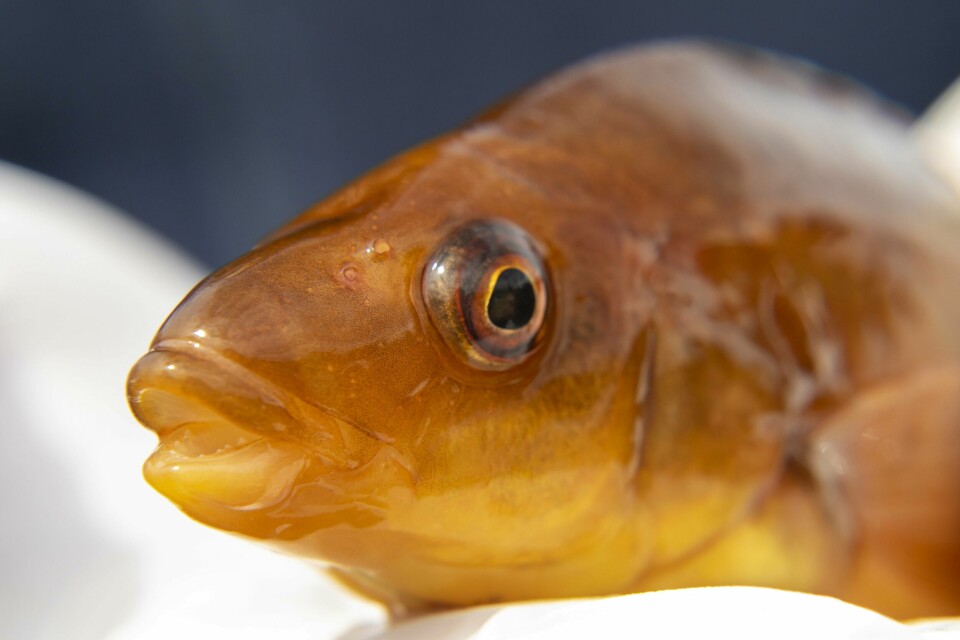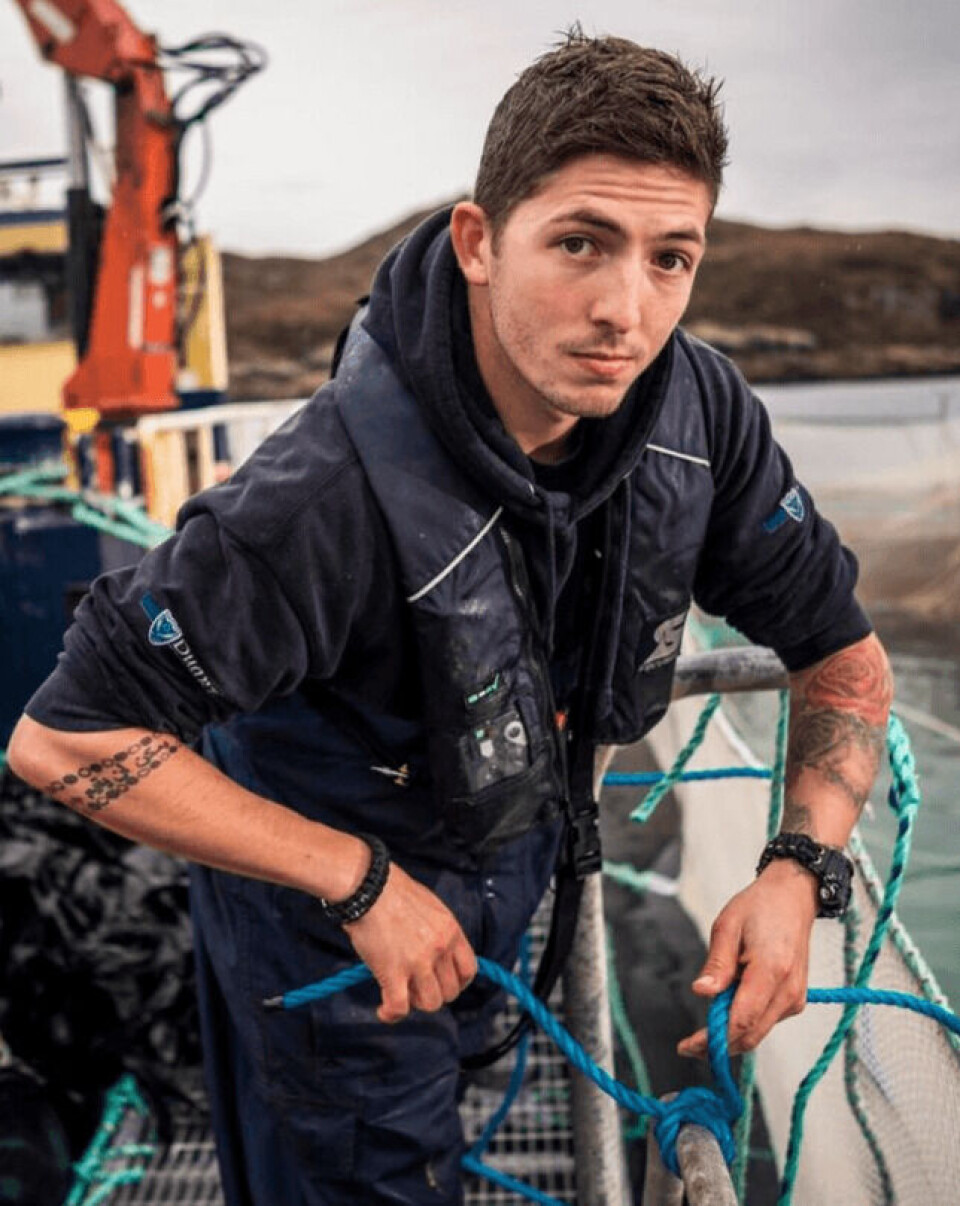
Searching for the most badass wrasse
A group of researchers in Scotland is to carry out a series of tests to determine whether the boldness of individual Ballan wrasse makes them more adept at picking sea lice parasites from salmon.
The consortium comprises the University of Stirling’s Institute of Aquaculture (IoA), salmon farmer Loch Duart, and cleaner fish producer Otter Ferry Seafish, with support from the Sustainable Aquaculture Innovation Centre (SAIC).
The researchers will study Ballan wrasse behaviour by introducing a new object into their tank. Video tracking the individual fish, they will then monitor the wrasses’ reactions to the object – how quickly they interact with it – and correlate this with how they later perform when presented with the opportunity to clean salmon on fish farms.

Very clever fish
Professor Herve Migaud from the IoA said: “Ballan wrasse are very special fish – they are very clever and demonstrate fantastic behaviour. If you walk by a tank, they will take an interest in you and physically watch you and follow. They are unique in many ways; each has their own personality and we want to correlate which traits – namely boldness and shyness – translate into Ballan wrasse being reliable and effective at delousing salmon.
“Cleaner fish are reared in hatcheries in controlled conditions and will not have seen salmon or sea lice in their life – but if we can identify the ones that are instinctively bold, we can use these to create breeding stocks that are more naturally suited to the job of being a cleaner fish.
“Ultimately, the wider project will inform how we create the best possible conditions to promote interaction between salmon and Ballan wrasse to reduce the prevalence of sea lice.”
Hydroacoustic tracking
In addition to the personality study, the team will use hydroacoustic tracking, where underwater hydrophones are used to locate the position of tagged fish to understand and compare the behaviour – in terms of both delousing and interaction with salmon – of experienced wild wrasse and those produced in hatcheries. The same technique will be used to understand salmon behaviour by, for example, identifying whether they swim closer to the wrasse and slow down in a bid to encourage them to clean.
The project will also explore the optimal conditions for Ballan wrasse to perform their role across a range of variables, including their feed, the set-up and ‘furniture’ in pens, as well as the ratio of salmon to cleaner fish.
In a press release, SAIC said the 12-month project was an important milestone towards the domestication and optimisation of the most promising cleaner fish species for addressing the sea lice challenge in the UK.
It will directly support a growing cleaner fish sector, while providing new knowledge and protocols for more robust and effective stocks of juvenile cleaner fish deployed to salmon farms. Having more effective cleaner fish could also reduce the number required by fish farmers.
Lewis Bennett, cleaner fish manager at Loch Duart, which produces around 6,000 tonnes of salmon annually, said: “Wrasse have been an integral part of our production since 2014 and they have provided the business with a strong performance platform to grow salmon as naturally as possible.

“The natural behaviour of the wrasse isn’t taught, nor is it forced, but it is allowing the animal to express their natural behaviour in a comfortable setting and under the full care of our site teams. Therefore, the future to getting results at sea is to be reflected in the care, welfare and understanding of the individual species. This directly points to improved systems at sea and innovations to welfare and care of the fish.”
He added: “The main focus for Loch Duart is to more accurately identify the behavioural traits, movements and annual differences in wrasse behaviour; from this we can then make changes to integral parts of our operations. I am very keen to get started on the project and I am very sure that we shall identify future work towards better understanding of cleaner fish.”
‘A level of courage’
SAIC chief executive Heather Jones said: “There are particular traits that are universal across humankind and the animal kingdom. It takes a certain type of person to perform specific jobs and, for cleaner fish, it takes a level of courage to pluck lice from a much larger salmon.
“The project is a great illustration of how we can use academic expertise and industry knowhow to better understand the way fish interact with one another and how we can create the optimal conditions for their health and wellbeing.”

Natural instinct
IoA academic Dr Adam Brooker, research fellow on the project, said: “Cleaner fish are unique amongst farmed fish in that they are produced for their behaviour, so it makes sense that we focus our research on improving their natural instinct for delousing.
“While personality in fish is not a new concept, this is the first time it is applied to solve a real-world problem in aquaculture, and by working with nature we are aiming to improve the sustainability of cleaner fish as a method to control sea lice.”
Salmon farmers use both wrasse and lumpfish as cleaner fish. Many of the wrasse are wild caught but an increasing proportion are being farmed following a breakthrough in closing the breeding cycle of the fish.






















































